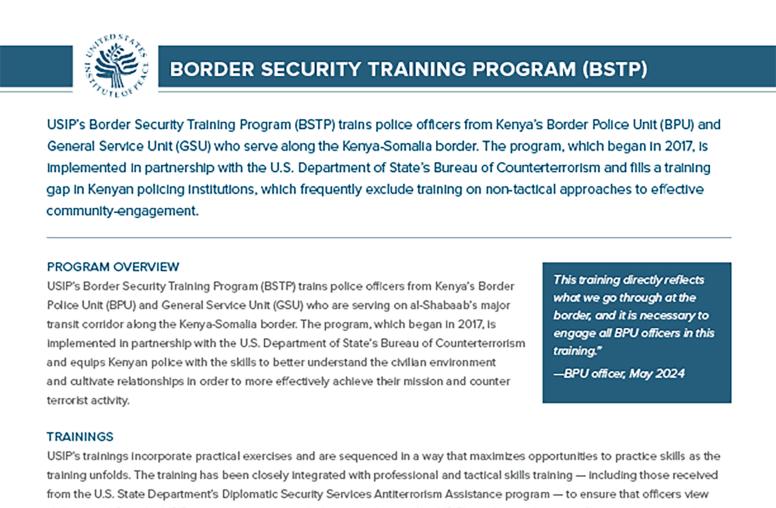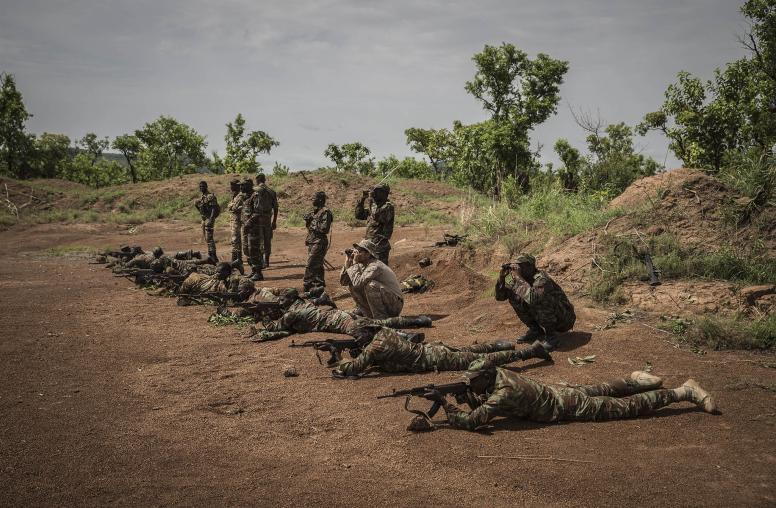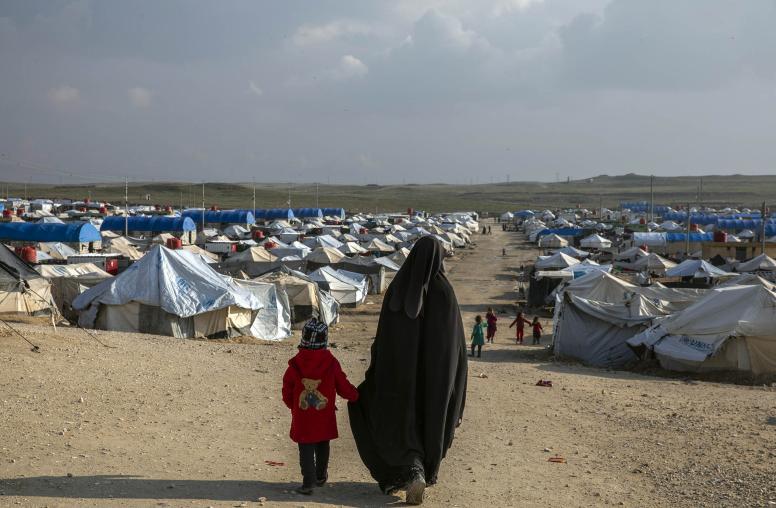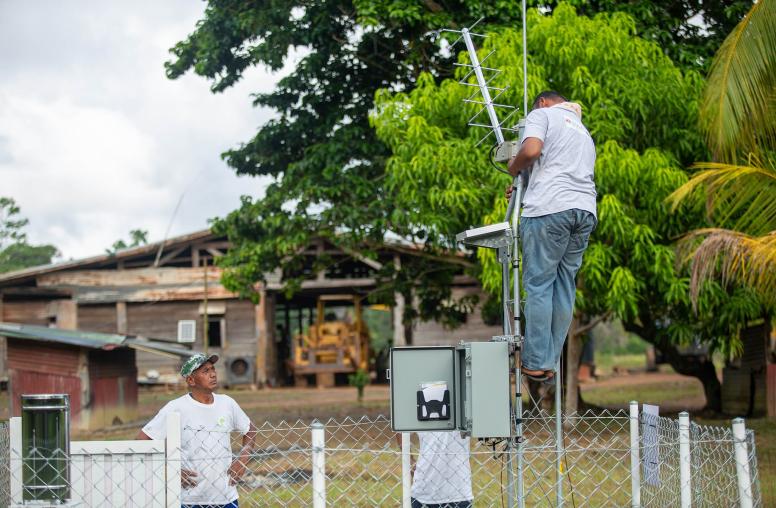Media and Arts for Peace
Media and the Arts for Peace is an online, self-paced course designed and delivered in partnership with the Geneva Center for Security Policy (GCSP). This course explores the impact of mainstream media, digital/social media, and the arts – live art, street art, music, dance, film and theater, etc. – on peace.
Course Overview
Participants learn how these various media have been engaged to enrich public discourse, highlight civic responsibility and social justice, and tell the stories behind every conflict – stories that can be used to either dehumanize or humanize a conflict and the people behind it. Participants in this training will be able to:
- Describe different art-based approaches to peacebuilding
- Explain the scientific theories supporting the role of media and the arts in peacebuilding
- Consider both positive and negative impacts of media and arts in conflict
- Think strategically about how to apply media and the arts in preventing violence and building peace
Agenda
Chapter 1: Why Media and Arts for Peace
This chapter answers why media and the arts contribute to peacebuilding by defining conflict, conflict transformation, peacebuilding, media and the arts. We explore the role of human psychology and neuroscience in relation to peacebuilding, media and the arts.
Chapter 2: Strategies for Peace: Creativity and Storytelling
This chapter outlines the important role of creativity, culture and storytelling in peacebuilding. We explore how the strategy behind storytelling can either foment violence or foster peace.
Chapter 3: Media and the Arts for Conflict Prevention
This chapter looks at the role of media and the arts in fostering a culture of peace, preventing violent conflict, and nonviolent civil resistance.
Chapter 4: Media and the Arts During Violent Conflict
This chapter looks at the role of media and the arts during conflict. Specifically is explores how the media and arts can and have been used in transforming conflict, countering violent extremism, documenting human rights violations, and preserving cultural heritage.
Chapter 5: Media and the Arts in Post-Conflict Settings
This chapter looks at the role of media and arts in post-conflict settings. Specifically, we explore how media and arts can and have been used in reconciliation processes, transitional justice, memorialization, and trauma healing.
Chapter 6: Moving Forward into the Future
This chapter explores how advances in technology and communication are providing both challenges and opportunities for the peacebuilding field.
Course Instructors and Guest Experts
Instructor
- Honey Al Sayed, Co-Founder, Media and Arts for Peace, LLC
Guest Experts
- Darren Abrahams, Singer and Performer
- Nada Alwadi, Assignment Editor, Digital Media / Middle East Broadcasting Networks
- Daryn Cambridge, Professional Development Portfolio Manager, EPIC, Training Resources Group
- Dr. Caty Clement, Associate Fellow, Geneva Center for Security Policy
- Dr. Cynthia Cohen, Director of the Program in Peacebuilding and the Arts, Brandeis University
- Lindsey Doyle, Rotary Peace Fellow
- Dr. James Gordon, Founder and Executive Director, Center for Mind-Body Medicine
- Jyoti Guptara, Writer
- Sheldon Himelfarb, President and CEO, PeaceTech Lab
- Georgia Holmer, OSCE Secretariat
- Iyad Kallas, Co-founder, SouriaLi
- Carla Koppell, Distinguished Fellow, Georgetown University
- Rama Mani, Peace and Security Specialist, Poet, and Performance Artist
- Dr. Mohammad-Mahmoud Ould Mohamedou Professor of International History, Graduate Institute Geneva
- Annie Paulson, International Development & Conflict Resolution Professional
- Dr. Lisa Schirch, Senior Research Fellow, Toda Peace Institute
- Ambassador Cynthia Schneider, Adjunct Professor, Georgetown University
- Hedda Sjögren, Playwright and Producer
- Dr. Maria Stephan, Former Senior Advisor, U.S. Institute of Peace
- Karim Wasfi, Cellist and Conductor, Iraqi National Symphony Orchestra
- Nate Wilson, Former Libya Country Manager, U.S. Institute of Peace
- Josh Yager, Media Producer



